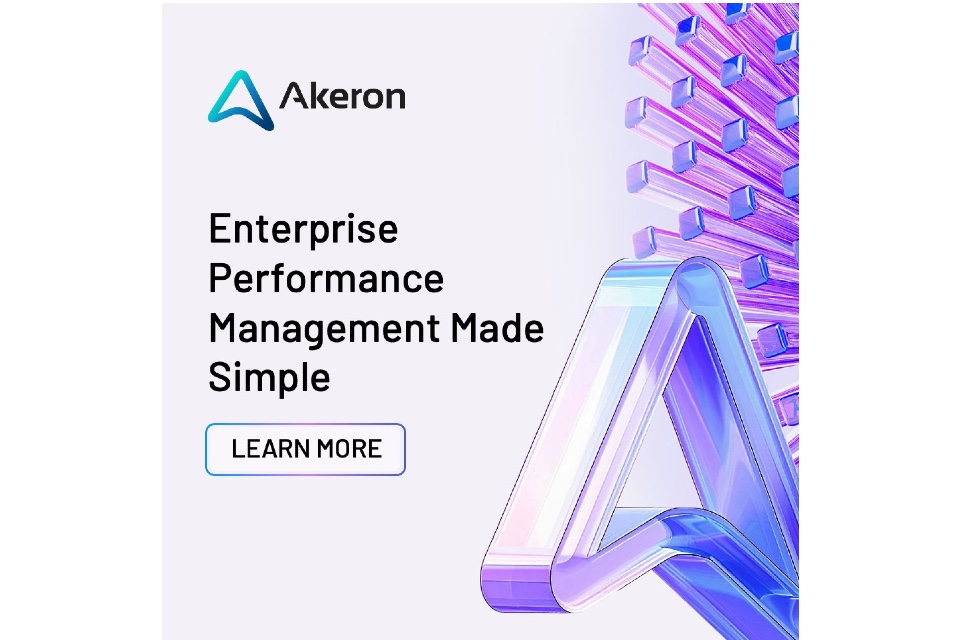Employee benefits are a major investment for organisations, but how can HR leaders know if they’re delivering real value?
In an era of cost scrutiny and accountability, understanding the return on investment (ROI) of your benefits programme is critical.
It starts with defining what success looks like. Is your goal to improve employee wellbeing? Reduce absenteeism? Boost retention or employer brand appeal? The right metrics will depend on your strategic objectives, but there are several key indicators every HR leader should consider.
Uptake and utilisation rates: How many employees are actively using each benefit? If take-up is low, is it due to lack of awareness, relevance, or accessibility? Regular usage data from your benefits platform can help identify what’s working, and what needs rethinking.
Engagement and satisfaction: Pulse surveys, feedback tools, and benefits-specific engagement scores can provide qualitative insights into how your offerings are perceived. Do people feel their benefits meet their needs? Are they aware of what’s available?
Retention and turnover trends: Correlating benefit usage with retention rates can help demonstrate value. For example, employers offering financial wellbeing tools may see improved retention among lower-paid workers during times of economic stress.
Productivity and absenteeism: While harder to isolate, reductions in stress-related absences or improvements in employee assistance programme (EAP) usage may suggest your benefits are helping address wellbeing and mental health issues.
Cost vs. perceived value: Run annual cost-benefit analyses, not just in financial terms, but in relation to employee sentiment. A lower-cost benefit with high emotional impact (e.g., parental support or menopause policies) may offer far greater ROI than underused perks.
Technology and data integration are crucial. Modern HR systems and benefits platforms can consolidate data from multiple providers, allowing for more effective monitoring, benchmarking, and forecasting. Dashboards that align benefits data with HR KPIs offer clear insights for HR teams and finance leaders alike.
Ultimately, effective measurement enables better decision-making. By understanding what employees truly value, and what drives impact, HR leaders can build more strategic, cost-effective benefits programmes that support business goals and improve employee experience.
Are you searching for Employee Benefits & Rewards solutions for your organisation? The HR Summit can help!
Photo by Mujeres De México on Unsplash









